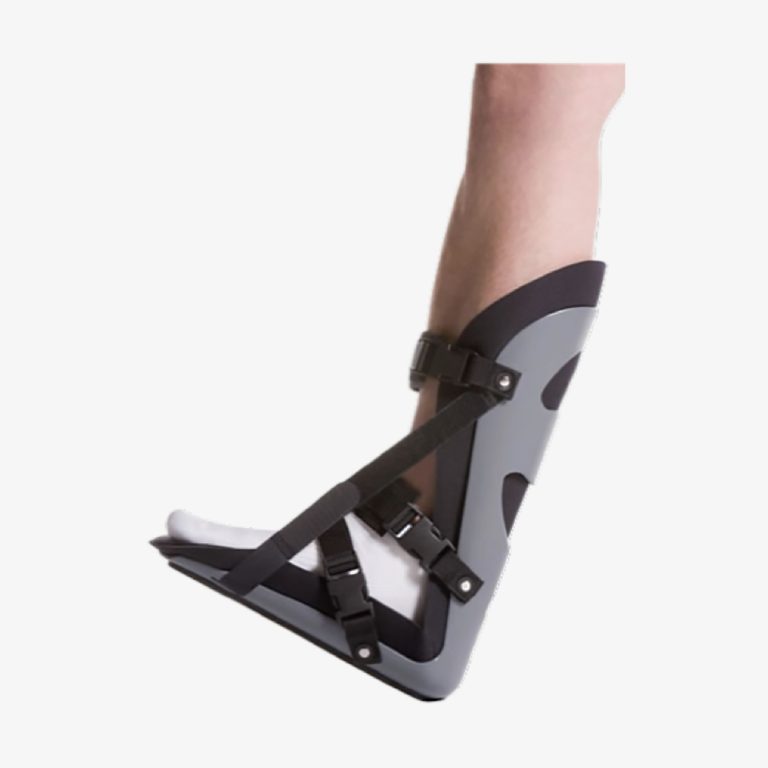Can Walking Cause Lower Back Pain : 5 Surprising Reasons and Solutions
Yes, walking can cause lower back pain due to improper posture or overuse of muscles, leading to strain. The repetitive motion of walking can exacerbate existing back issues or create new discomfort.
Factors such as poor walking technique, wearing unsupportive shoes, or walking on hard surfaces can also contribute to lower back pain. It is essential to pay attention to your posture, use proper footwear, and incorporate stretching and strengthening exercises to prevent and alleviate lower back pain associated with walking.
By taking these precautions, you can enjoy the benefits of walking while minimizing the risk of discomfort and injury.

Credit: www.everydayhealth.com
The Impact Of Walking On Lower Back Pain
Lower back pain is a common issue that many people experience, and walking is no exception to its influence. The impact of walking on lower back pain can vary depending on different factors. In this blog post, we will explore two important aspects that can contribute to lower back pain while walking: improper footwear and poor walking form.
Improper Footwear
Choosing the right footwear is crucial when it comes to preventing lower back pain during walks. Wearing improper shoes can lead to incorrect alignment of the spine, thus causing strain on the lower back. Here are some factors to consider when selecting proper footwear:
- Ensure that the shoes provide adequate cushioning and support, especially in the arch and heel areas.
- Opt for shoes with a low or medium heel height to promote a natural gait.
- Avoid shoes with worn-out soles or insufficient grip, as they can contribute to instability and potential injuries.
- Consider using orthotic inserts or insoles if you have specific foot conditions or imbalances.
Poor Walking Form
Having poor walking form can put unnecessary strain on the lower back, leading to discomfort and pain. By maintaining proper posture and technique, you can minimize the risk of experiencing lower back pain while walking. Here are some tips to improve your walking form:
- Keep your head aligned with your spine, looking straight ahead instead of down.
- Engage your core muscles by pulling your navel towards your spine.
- Allow your arms to swing naturally and keep your shoulders relaxed.
- Take shorter, controlled strides instead of overstriding, which can cause impact on the lower back.
- Ensure that your feet land softly and roll smoothly from heel to toe.
By paying attention to your footwear and walking form, you can significantly reduce the risk of lower back pain while enjoying the countless benefits of walking. Remember, small adjustments can make a big difference in maintaining a healthy and pain-free back!
Credit: www.pinnacle-ortho.com
Muscle Imbalances And Weakness
Weak core muscles and tight hip flexors are common causes of lower back pain from walking.
Weak Core Muscles
Weak core muscles can lead to poor posture and strain on the lower back while walking, causing pain.
Tight Hip Flexors
Tight hip flexors can pull the pelvis forward, leading to an increased arch in the lower back, resulting in discomfort.
Strengthening core muscles and stretching hip flexors can help alleviate lower back pain caused by walking.
Overuse And Excessive Strain
Overuse and excessive strain from walking can lead to lower back pain. When the lower back is subjected to repetitive stress, it can cause muscle fatigue and microtears in the soft tissues, resulting in discomfort and pain.
Increased Mileage Or Speed
Walking long distances or increasing the speed at which you walk can put added pressure on the lower back. The rapid movements and extended periods of walking without proper conditioning can lead to overuse injuries, causing strain on the muscles and ligaments in the lower back area.
Lack Of Rest And Recovery
If you do not allow sufficient time for rest and recovery between walking sessions, your lower back muscles may not have the opportunity to heal and rebuild. This can lead to overuse and strain, exacerbating lower back pain.

Credit: www.jnj.com
Structural Issues And Underlying Conditions
Walking may contribute to lower back pain due to underlying structural issues and conditions. It is essential to address these factors to promote a healthy and pain-free walking experience. Improve your understanding of potential causes by consulting with a healthcare professional.
Degenerative Disc Disease
One of the common structural issues that can contribute to lower back pain while walking is degenerative disc disease. This condition occurs when the discs in the spine begin to wear down and break down over time. As a result, the discs lose their ability to absorb shock and provide cushioning between the vertebrae. This can lead to increased pressure on the nerves in the lower back, causing pain and discomfort.
This condition is often associated with aging, as the discs naturally degenerate over time. However, it can also be caused by repetitive stress on the spine, poor posture, or injury. Over time, the degeneration of the discs can cause them to bulge or herniate, further contributing to lower back pain. This can be exacerbated by walking, as the impact of each step places additional pressure on the compromised discs.
Spinal Misalignments
Another potential cause of lower back pain during walking is spinal misalignments. When the vertebrae in the spine are not properly aligned, it can lead to imbalances in the musculoskeletal system. These imbalances can put strain on the muscles and ligaments in the lower back, leading to pain and discomfort.
Spinal misalignments can be caused by a variety of factors, including poor posture, trauma, or repetitive strain. When the spine is not properly aligned, it can affect the distribution of weight and forces throughout the body. This can lead to abnormal movement patterns during walking, which can exacerbate lower back pain. Additionally, spinal misalignments can result in nerve impingement, further contributing to pain and discomfort.
Frequently Asked Questions Of Can Walking Cause Lower Back Pain
Why Does My Lower Back Hurt From Walking?
Walking can strain lower back muscles and joints, causing pain. Poor posture or weak core muscles can contribute to discomfort. Proper stretching, regular exercise, and supportive footwear can help alleviate back pain from walking.
What Causes Lower Back Pain Just Above The Buttocks?
Lower back pain just above the buttocks is often due to muscle strains or sciatica. Poor posture, heavy lifting, or a sedentary lifestyle can also contribute. Strengthening core muscles and practicing good posture may help relieve and prevent this type of pain.
What Is The Best Exercise To Relieve Lower Back Pain?
The best exercise to relieve lower back pain is the pelvic tilt. Lie on your back, bend your knees, tighten your stomach muscles, and press your lower back onto the floor. Hold for a few seconds, then release and repeat.
This exercise strengthens the core and supports the lower back.
What Should You Not Do With Lower Back Pain?
Avoid heavy lifting, high-impact exercises, prolonged sitting, poor posture, and ignoring pain signals with lower back pain.
Conclusion
Physical activity like walking can influence lower back pain, so it’s crucial to maintain good posture. Stay mindful of your body’s alignment and incorporate strengthening exercises to prevent potential discomfort. Consult with a healthcare professional to personalize a fitness routine that supports your spine health.
Remember, a balanced approach is key.







